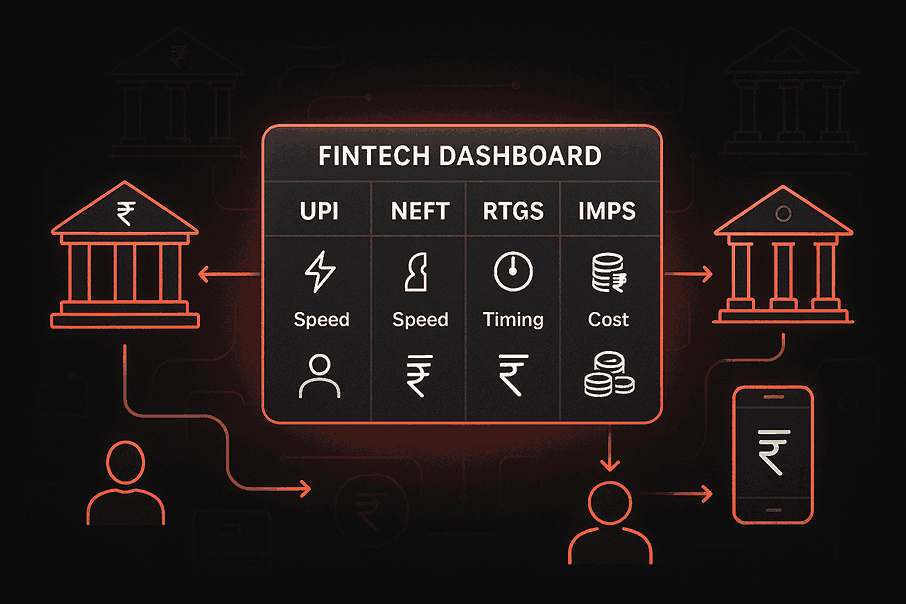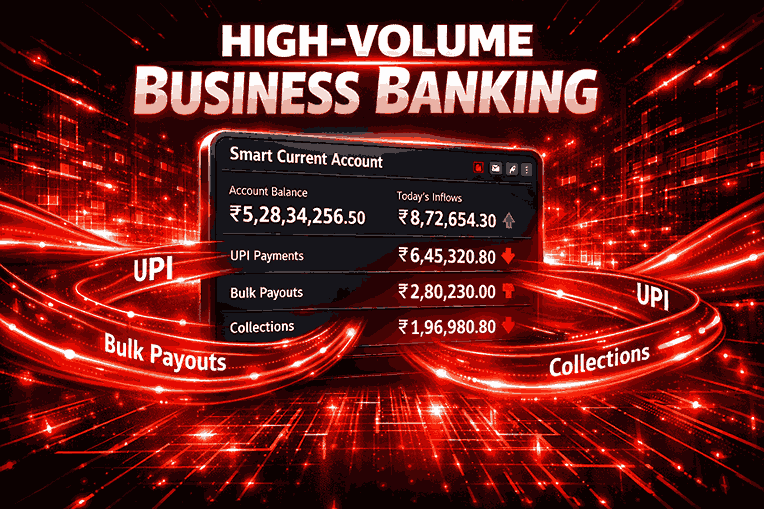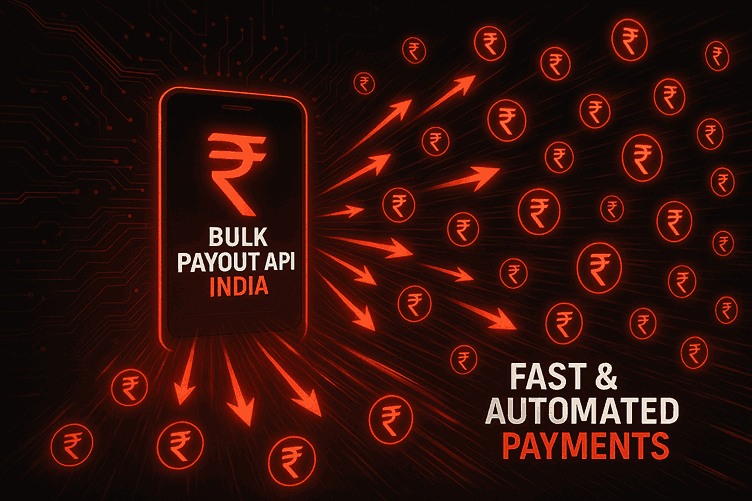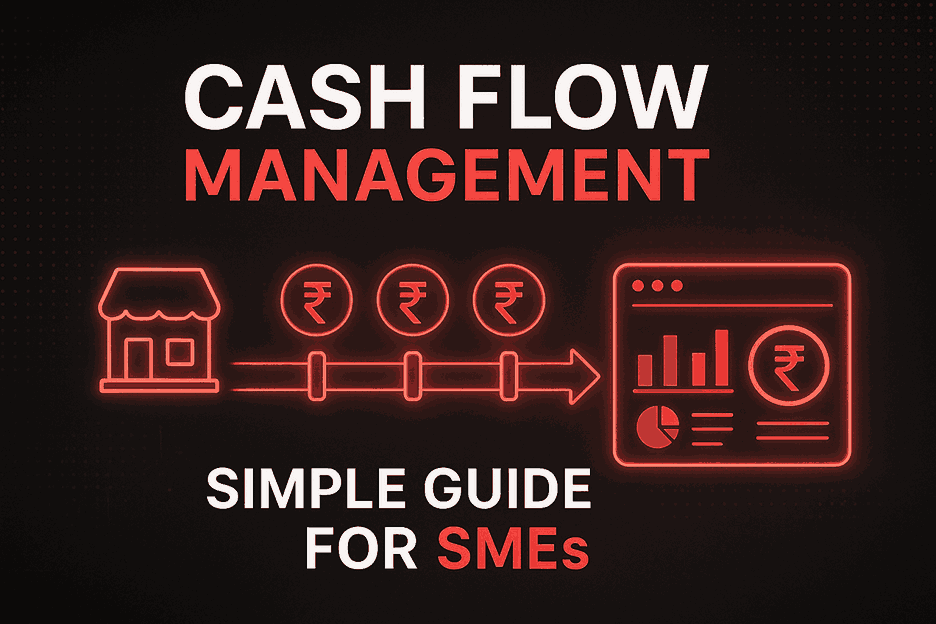The Basics of UPI, NEFT, RTGS, and IMPS: Choosing the Best Payment Method

India’s
digital payments landscape offers several reliable options for transferring
money — each with its own strengths and ideal use cases. Understanding how UPI,
NEFT, RTGS, and IMPS work can help you make smarter choices for personal and
business payments. This guide explains each method, compares features, and
provides tips for picking the best payment solution for your needs.
Table of Contents
1.
What
Are UPI, NEFT, RTGS, and IMPS?
2.
Main
Features and How Each Works
3.
Pros
and Cons
4.
Tips
for Choosing the Right Method
5.
Frequently
Asked Questions
What Are UPI, NEFT, RTGS, and IMPS?
- UPI (Unified Payments
Interface): A
mobile-first, instant payment system, UPI lets users send money using apps
like Google Pay or PhonePe, using a simple VPA (Virtual Payment Address).
It’s widely used for everyday transactions.
- NEFT (National Electronic Funds
Transfer): NEFT
allows electronic transfers between all NEFT-enabled banks, ideal for
routine payments. It settles transactions in batches, so transfers may
take up to a few hours.
- RTGS (Real-Time Gross
Settlement):
RTGS is designed for large-value, urgent transactions over ?2 lakhs,
processed in real-time with no upper limit. It is used by businesses or
individuals needing immediate settlement.
- IMPS (Immediate Payment
Service): IMPS
transfers are instant and available 24/7, including holidays. Maximum
transfer limits depend on your bank, typically up to ?5 lakhs per
transaction.
Main Features and How Each Works
UPI:
1. Available 24/7
2. Quick, mobile-driven, free of charge
3. Transaction limit mostly ?1 lakh per
transfer (bank-dependent)
4. Can be used for P2P, business, bill
payments, and more
NEFT:
1. Available 24/7, but processes batches
every 30 minutes–2 hours
2. No minimum or maximum transfer limit
3. Needs beneficiary’s bank details and
IFSC
RTGS:
1. Real-time settlement, 24/7
2. Minimum transfer amount ?2 lakhs, no
upper limit
3. Used for high-value transactions.
IMPS:
1. Instant transfers (seconds), 24/7/365
2. ?1 minimum, ?5 lakhs maximum per day
(may vary by bank)
3. Useful for emergencies and routine
transfers
Pros and Cons
UPI
1. Pros: Free, user-friendly, instant,
mobile-based, works day & night
2. Cons: Transfer limit per transaction
is generally lower (?1 lakh)
NEFT
1. Pros: Safe, great for scheduled
payments, no transfer ceiling, widely accepted
2. Cons: Delays due to batch processing,
not ideal for emergencies
RTGS
1. Pros: Best for large-value, urgent
transactions with real-time settlement
2. Cons: Only for transfers ? ?2 lakh;
transaction cost can be higher
IMPS
1. Pros: Instant transfer, good for
small and medium values, accessible
2. Cons: Max limit capped at ?5 lakhs
per day, charges vary by bank
Tips for Choosing the Right Method
- Use UPI for daily
purchases, P2P payments, bill payments, and micro-business transactions.
- Choose NEFT for scheduled
or routine payments, when value is not huge or instant settlement isn’t
needed.
- Prefer RTGS for urgent,
high-value business payments over ?2 lakhs.
- Opt for IMPS when you
need instant or emergency transfers up to ?5 lakhs at any time.
Frequently Asked Questions
Q1: Are these payment systems secure?
All four
methods are regulated by RBI/NPCI and use strong authentication and encryption
standards.
Q2: Can I reverse a wrong transaction?
Wrong
transfers need you to contact your bank and sometimes escalate to NPCI for
reversal and dispute resolution.
Q3: Are there extra charges for using UPI, NEFT, IMPS, or RTGS?
UPI is
usually free for consumers. NEFT, IMPS, and RTGS may charge nominal fees for
outward transactions, depending on the amount and bank.
Q4: Is there a cap on how much I can send?
UPI and IMPS
have bank-set limits; NEFT and RTGS offer more flexibility for higher amounts.




















